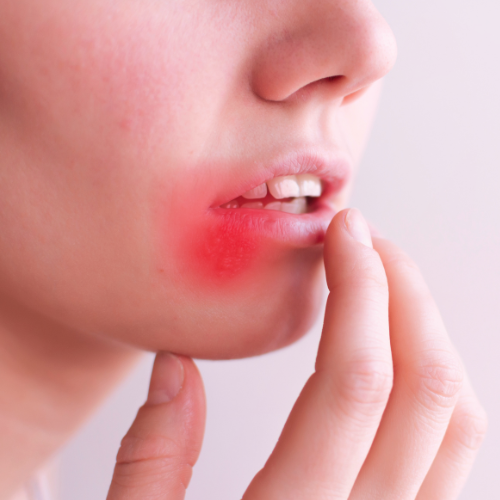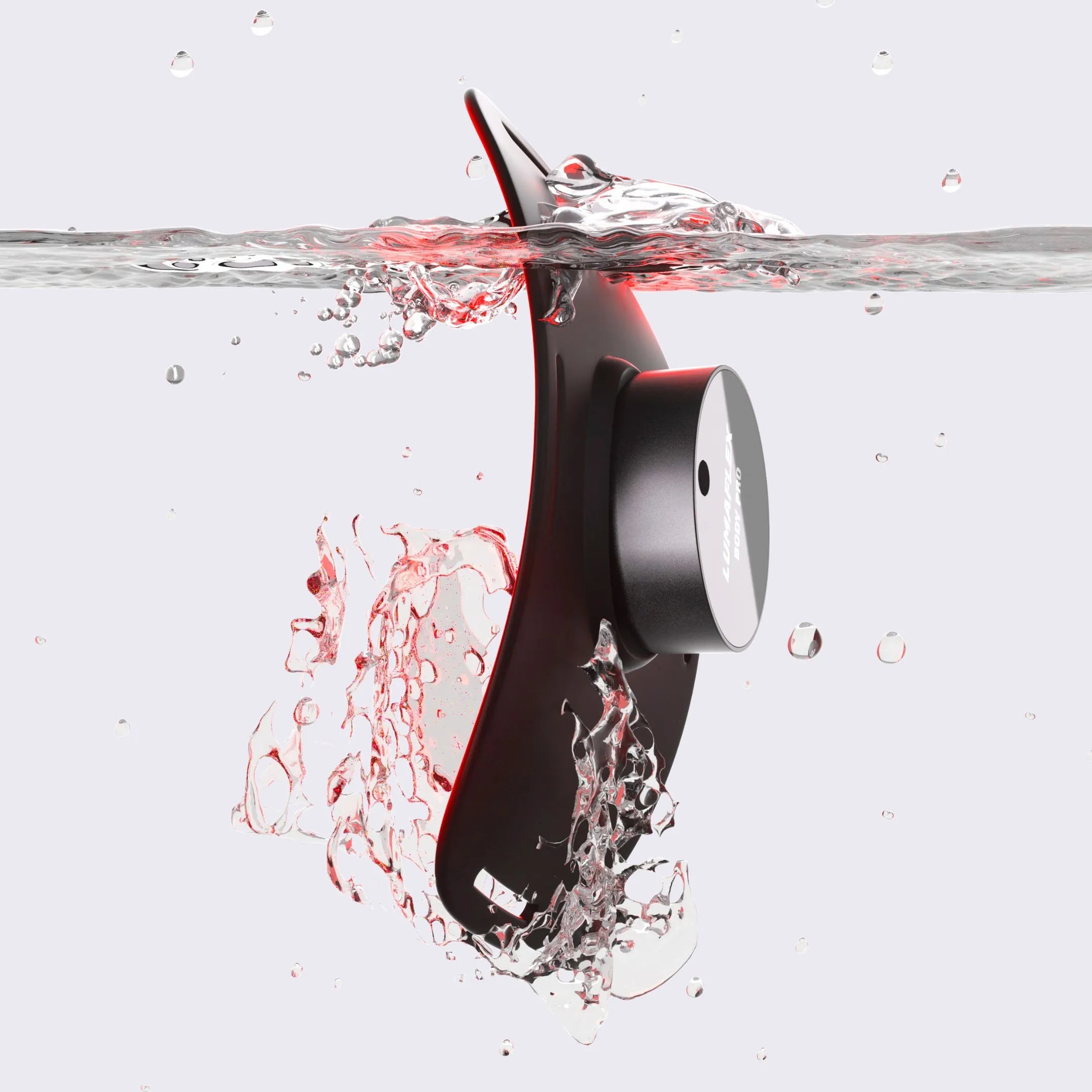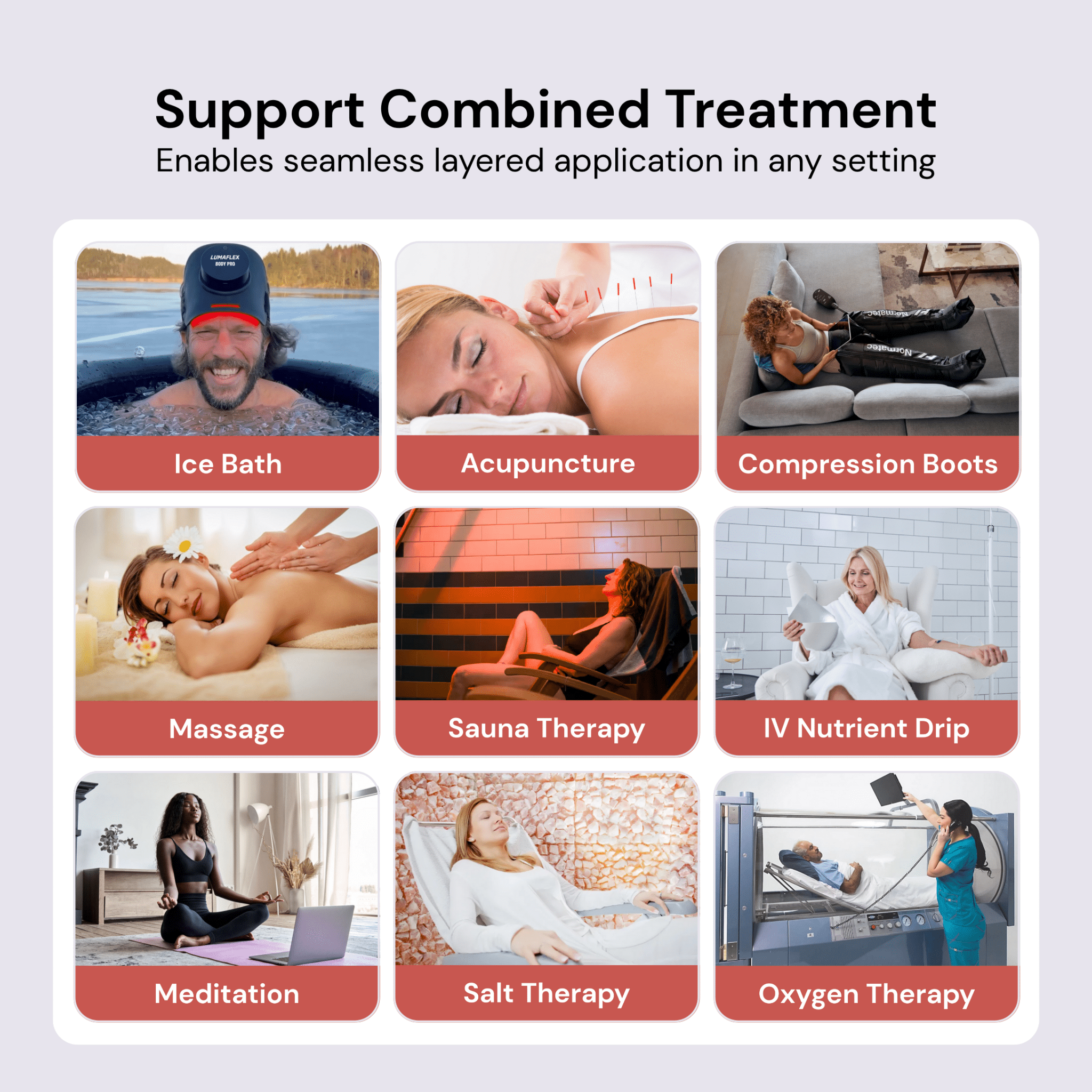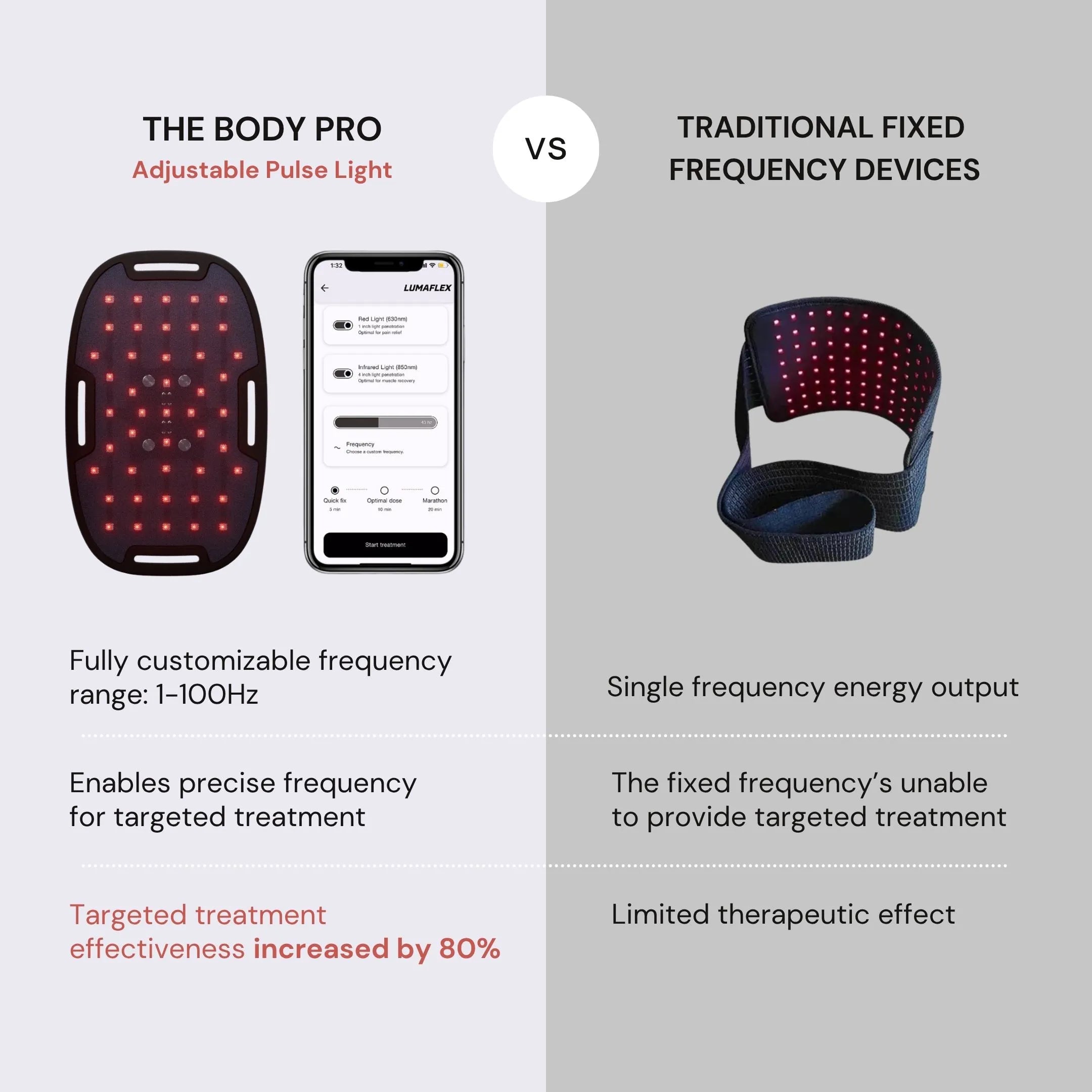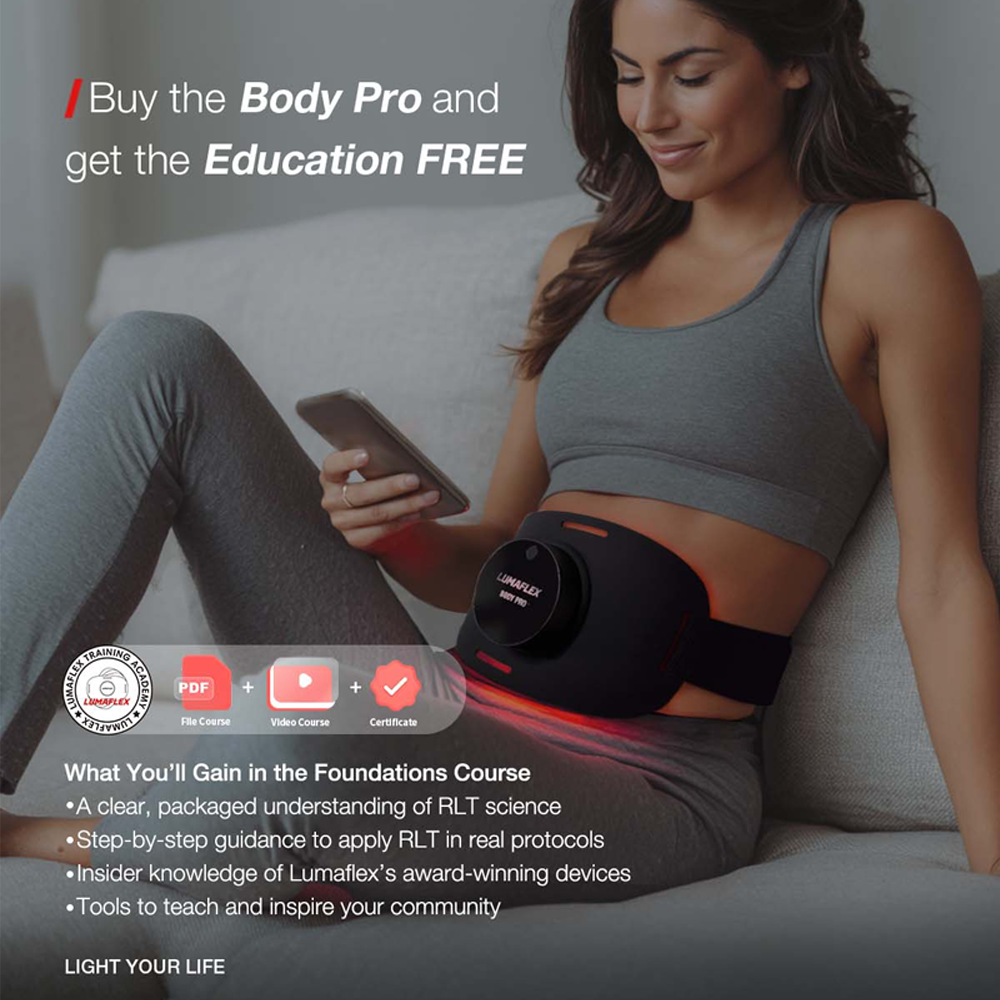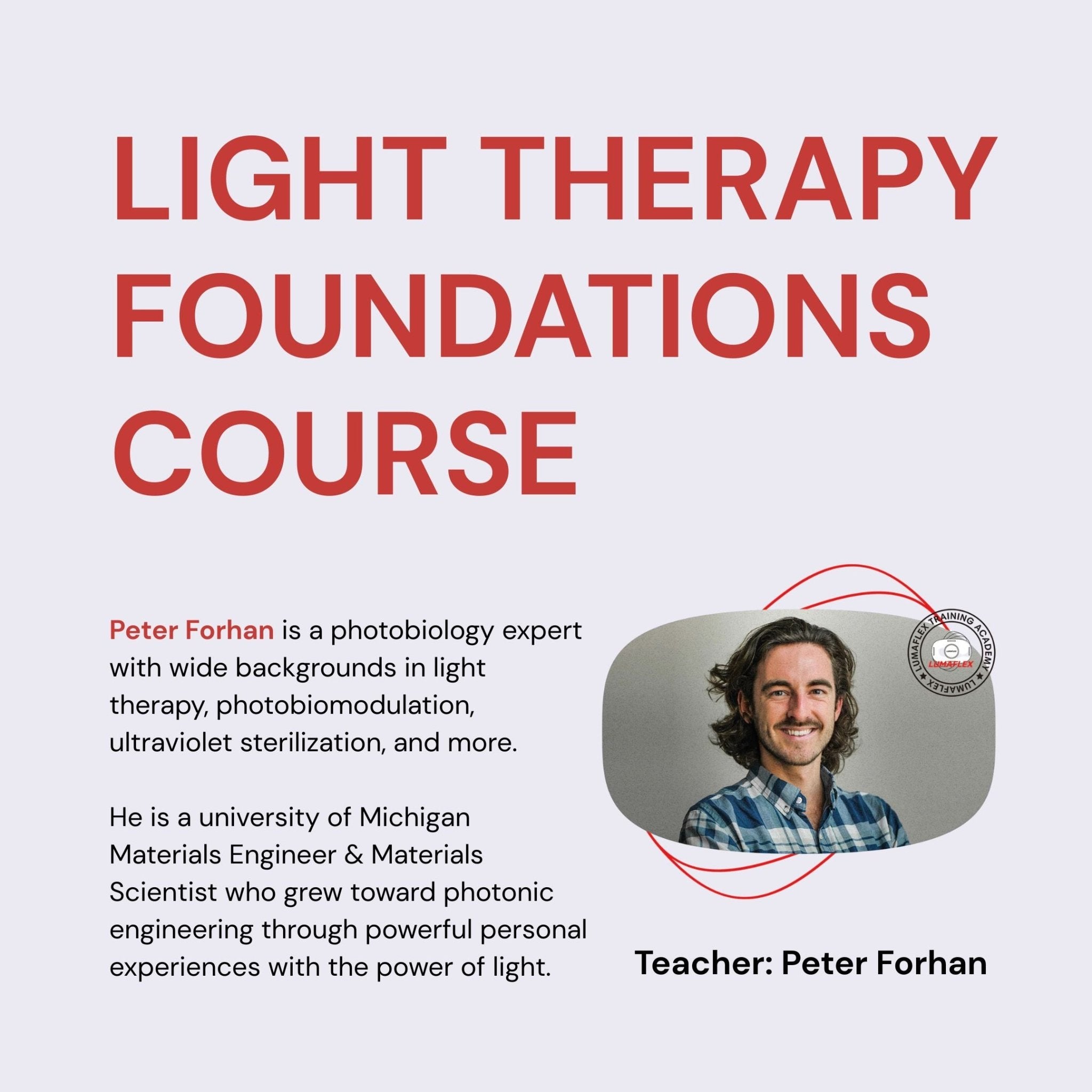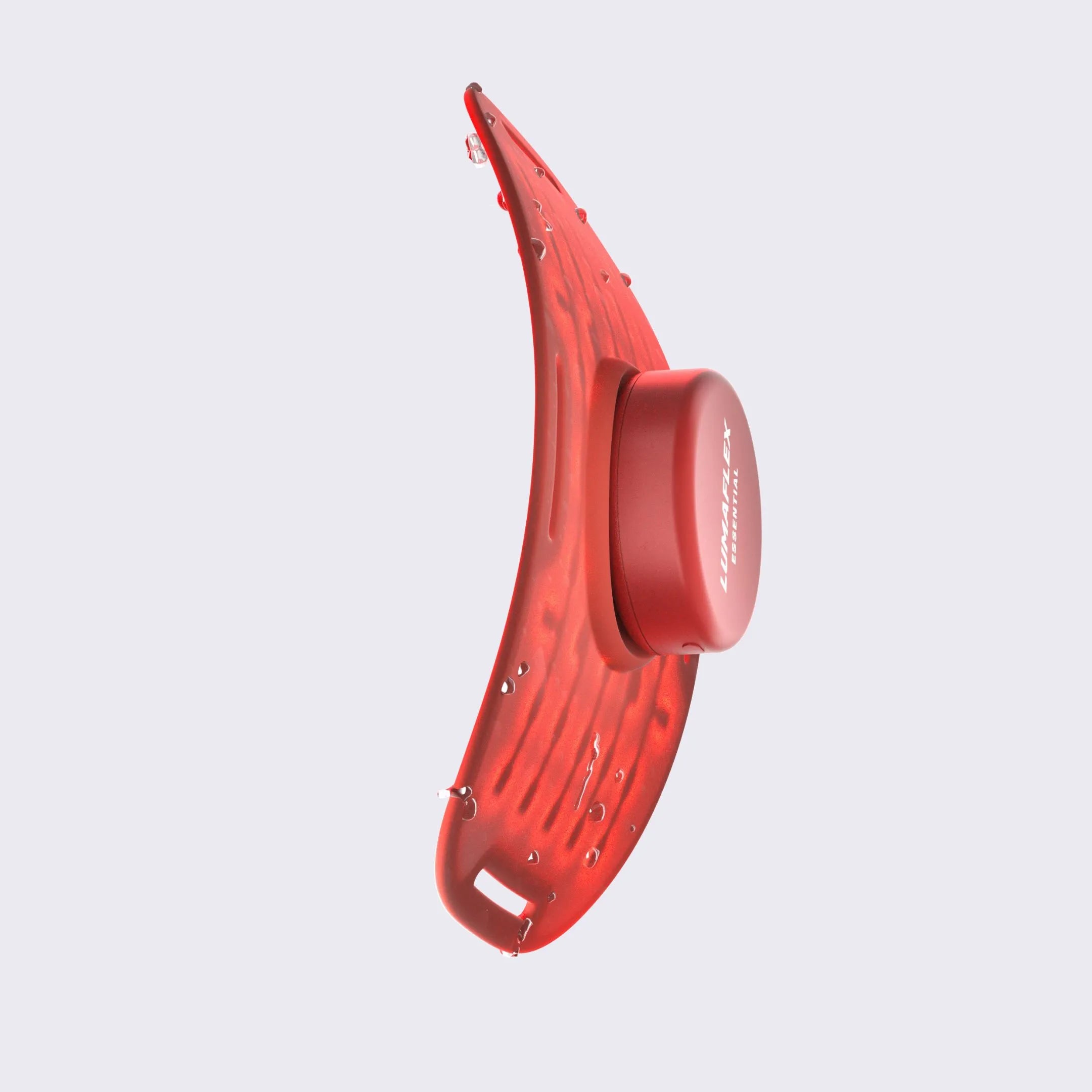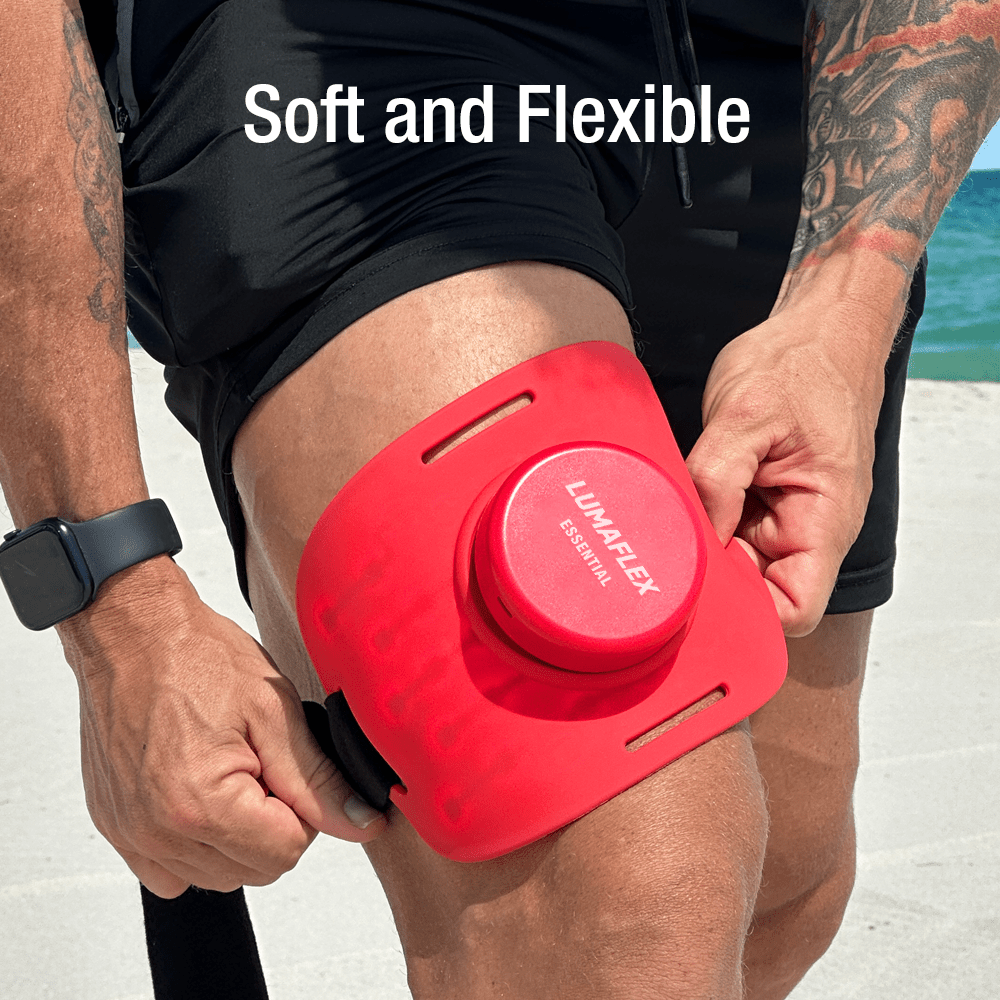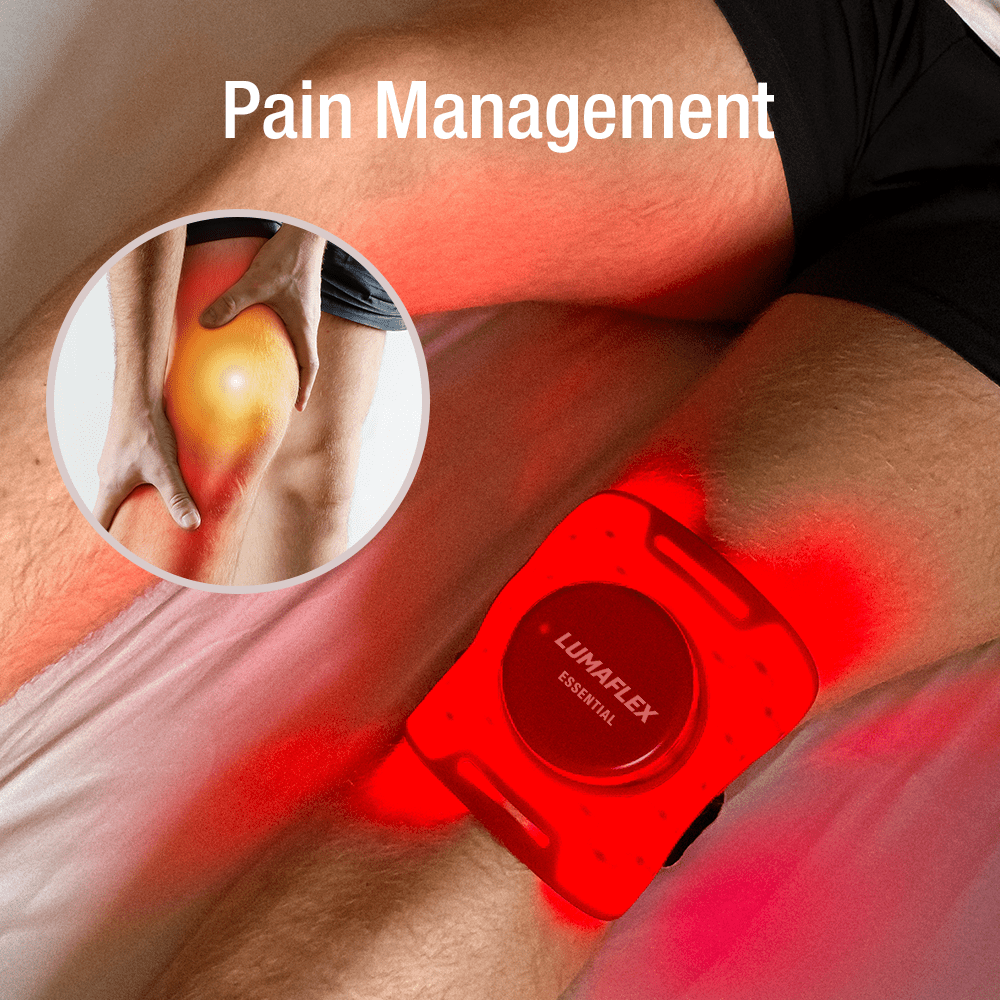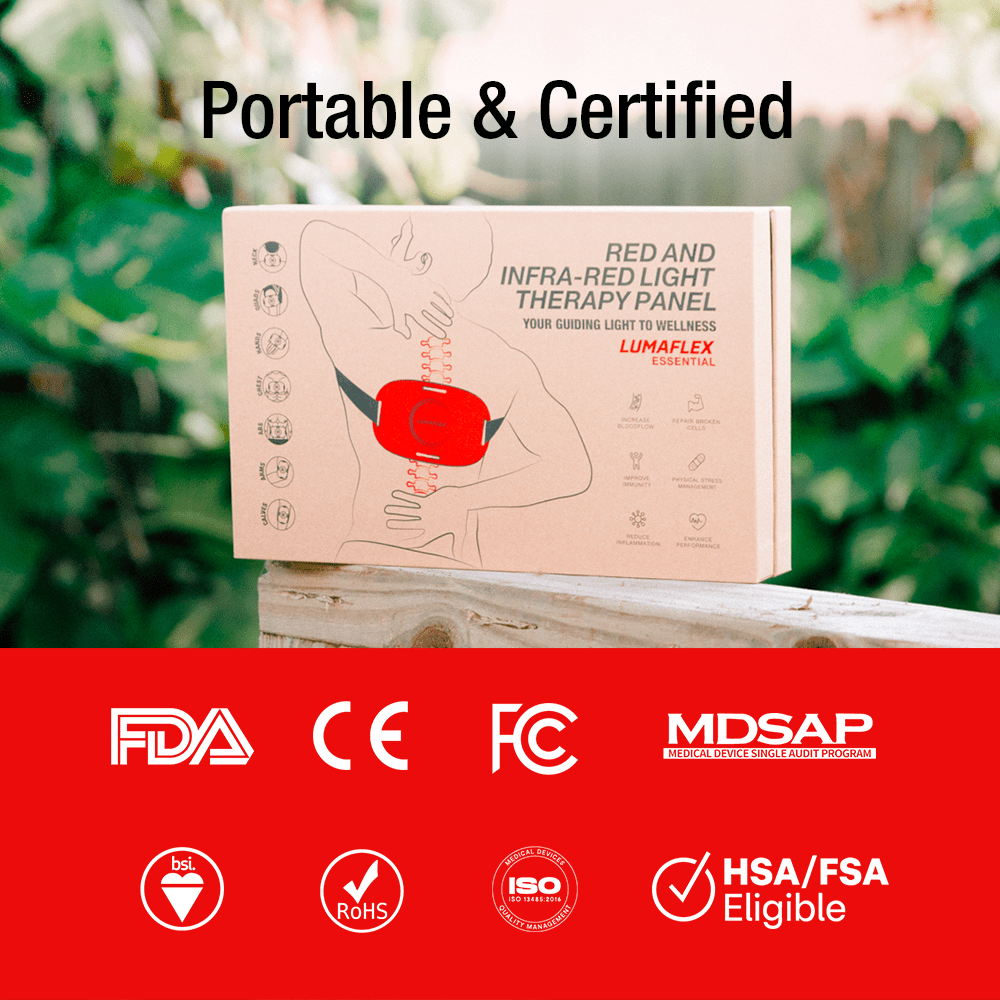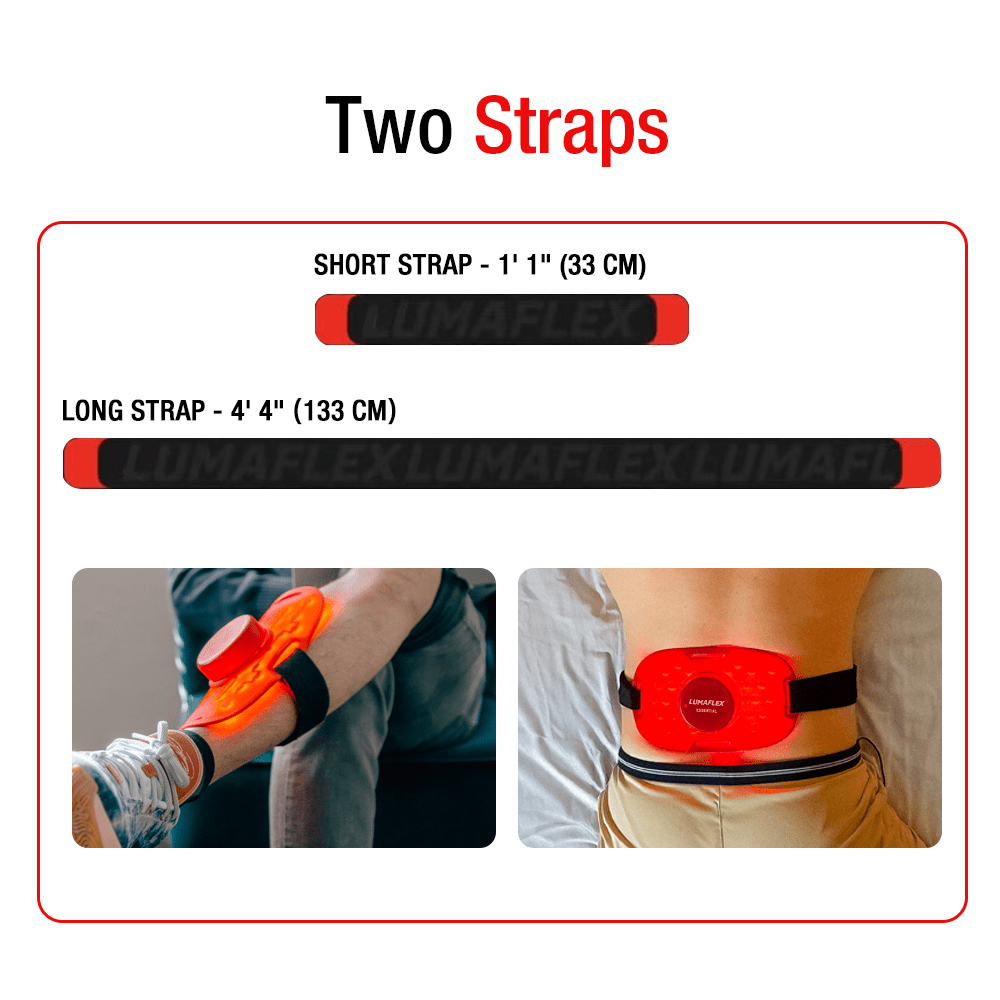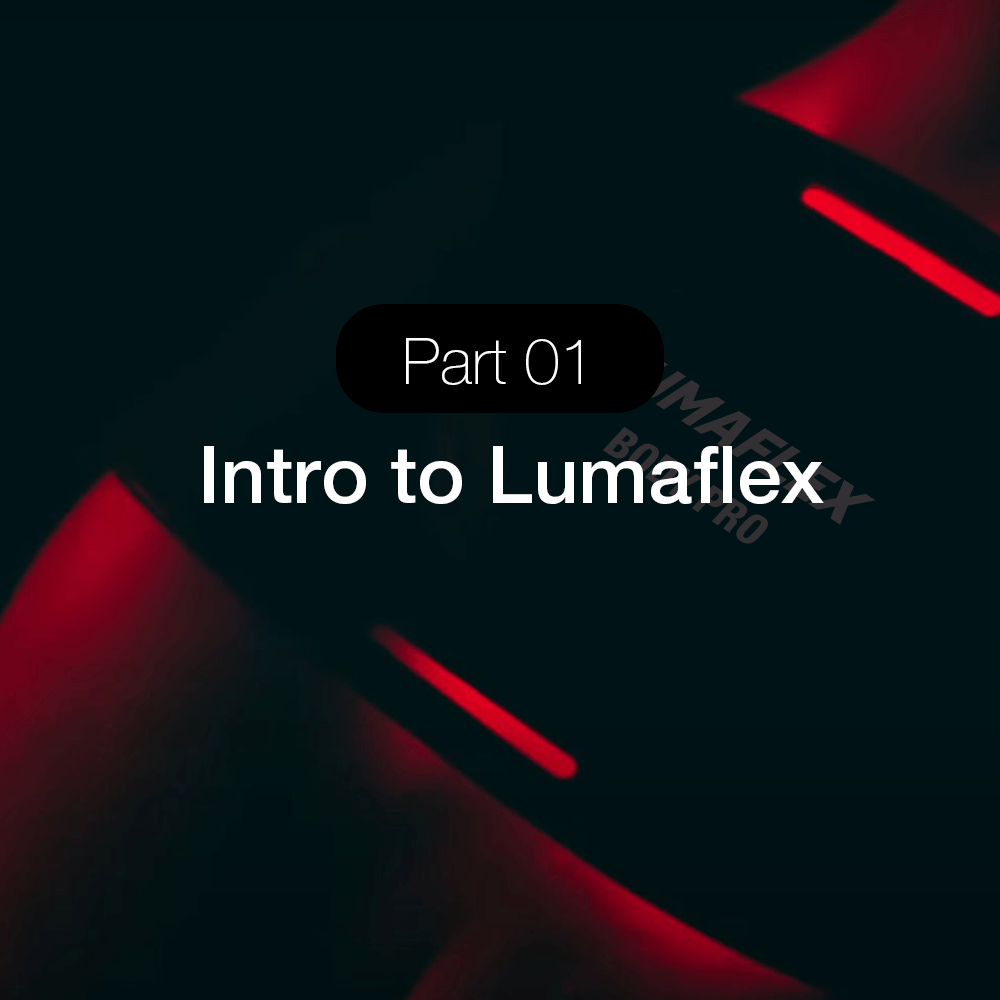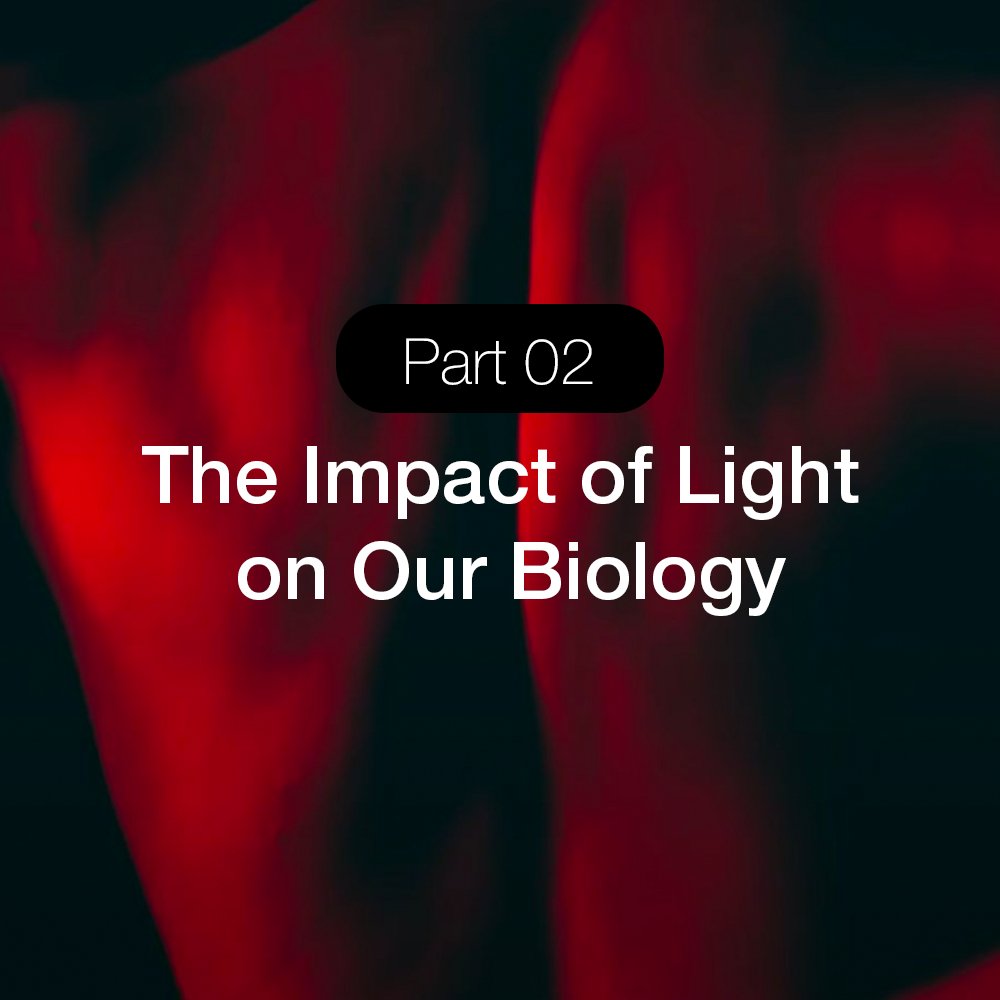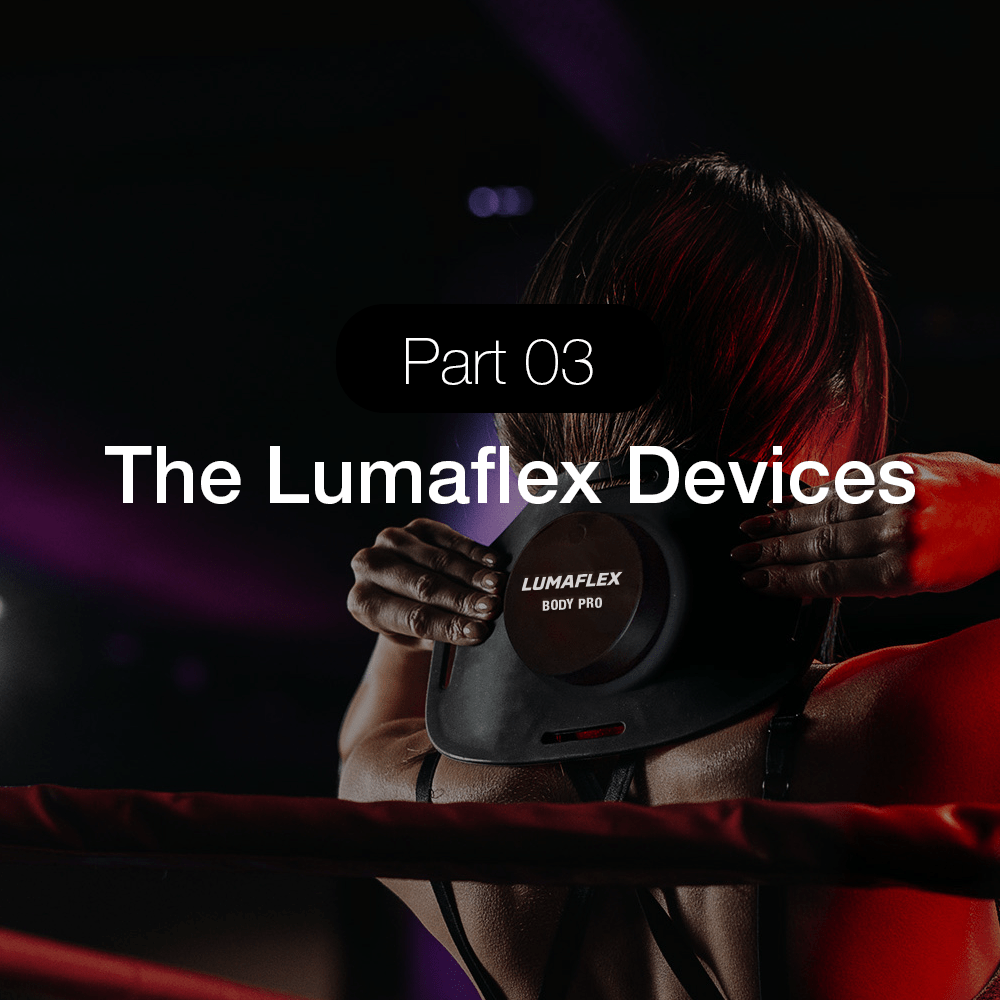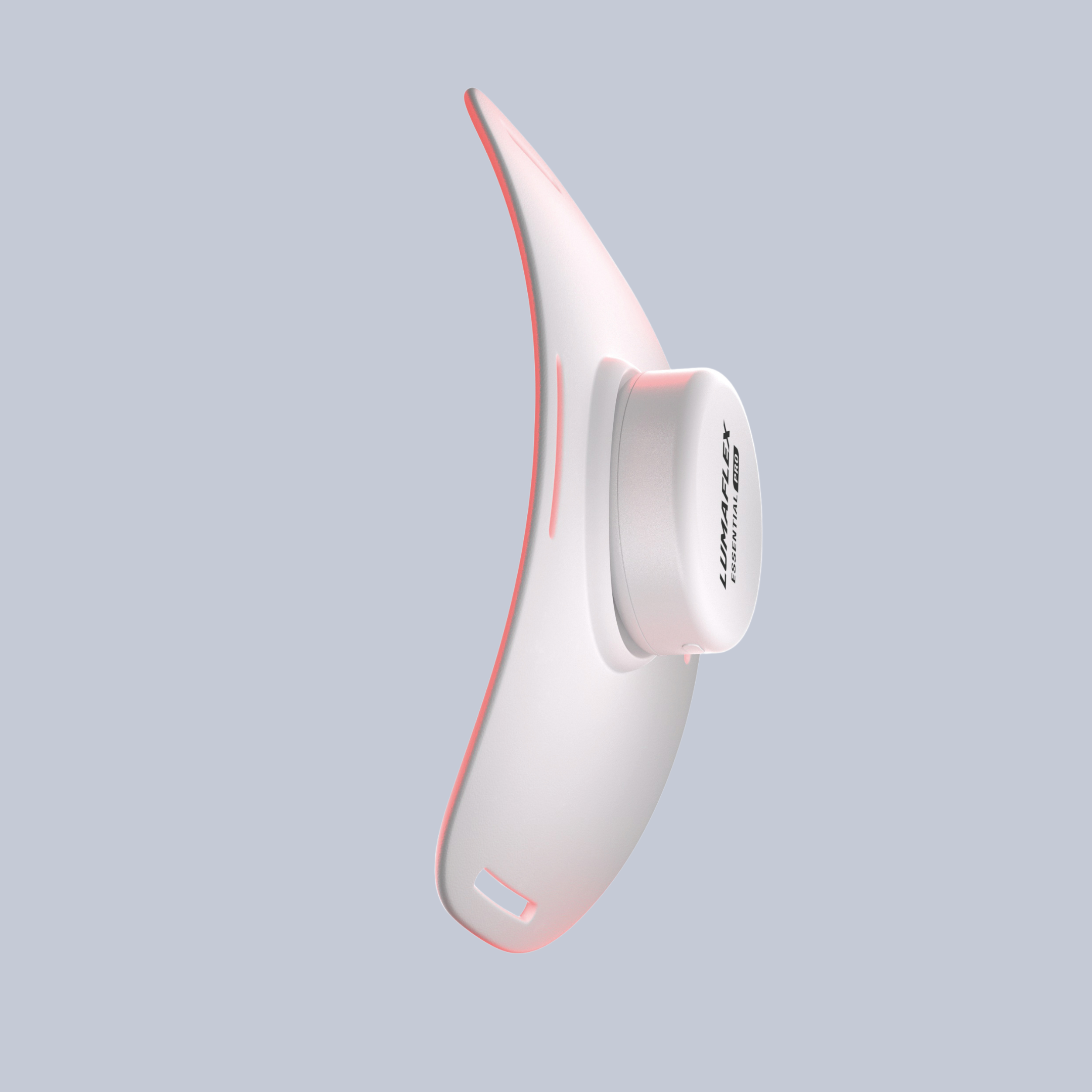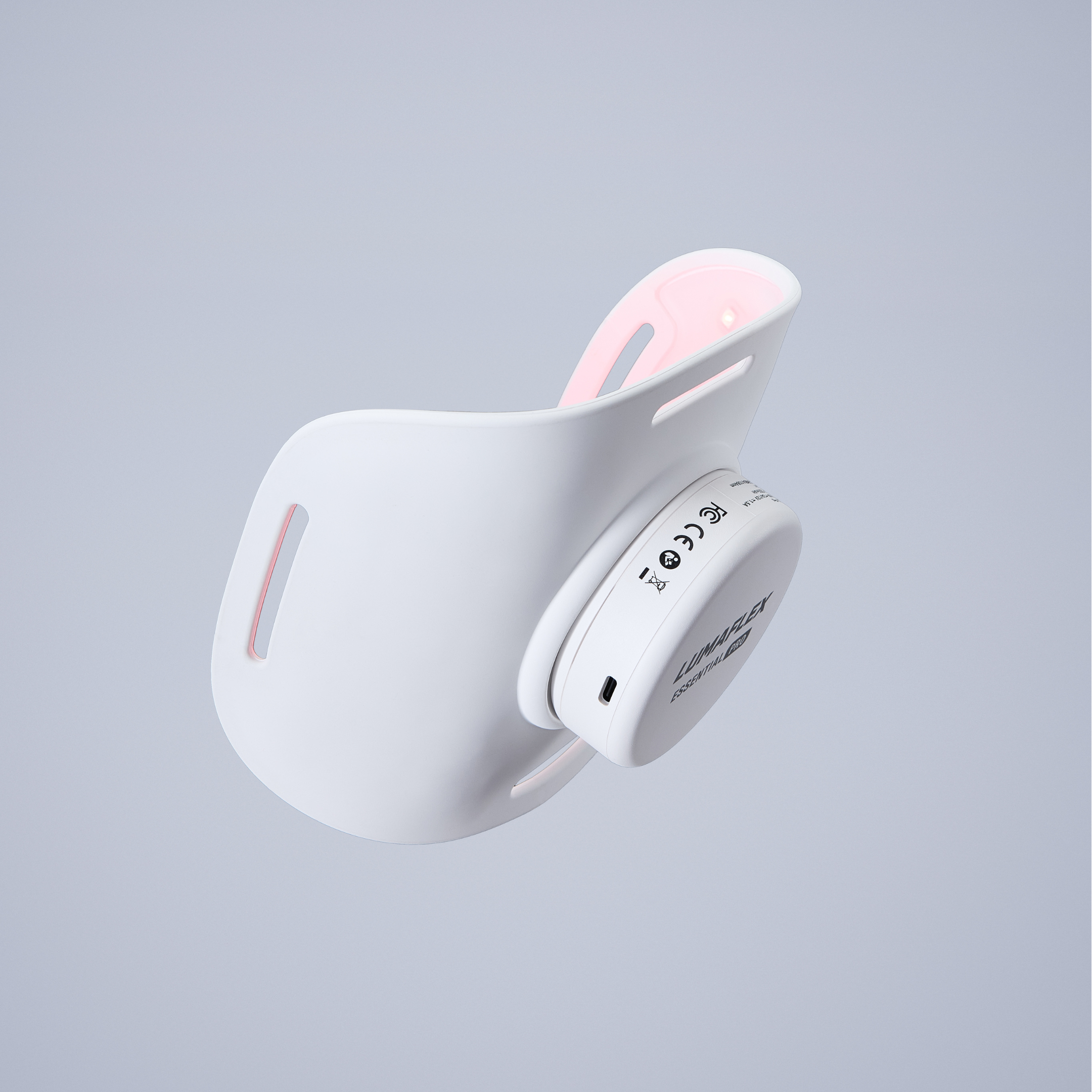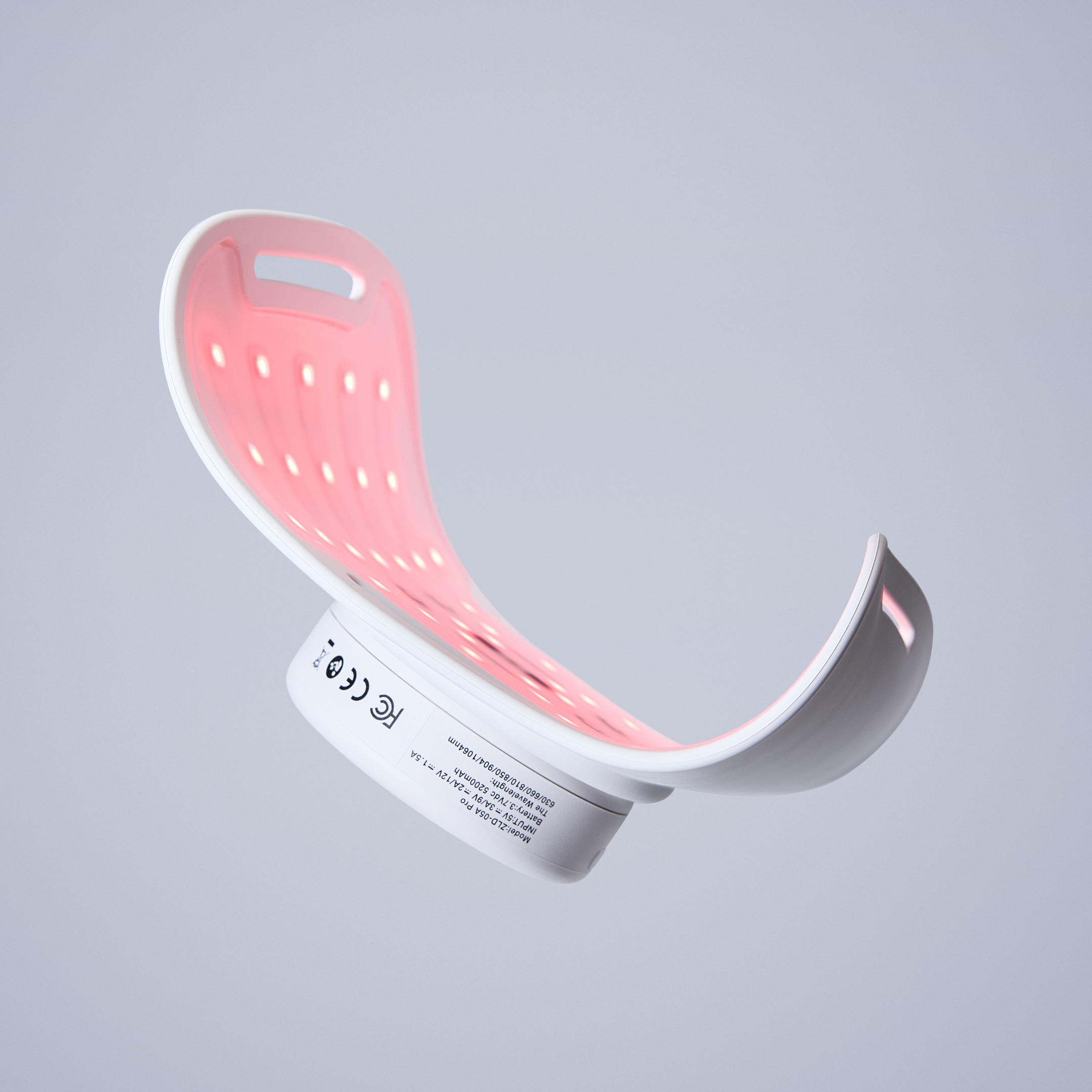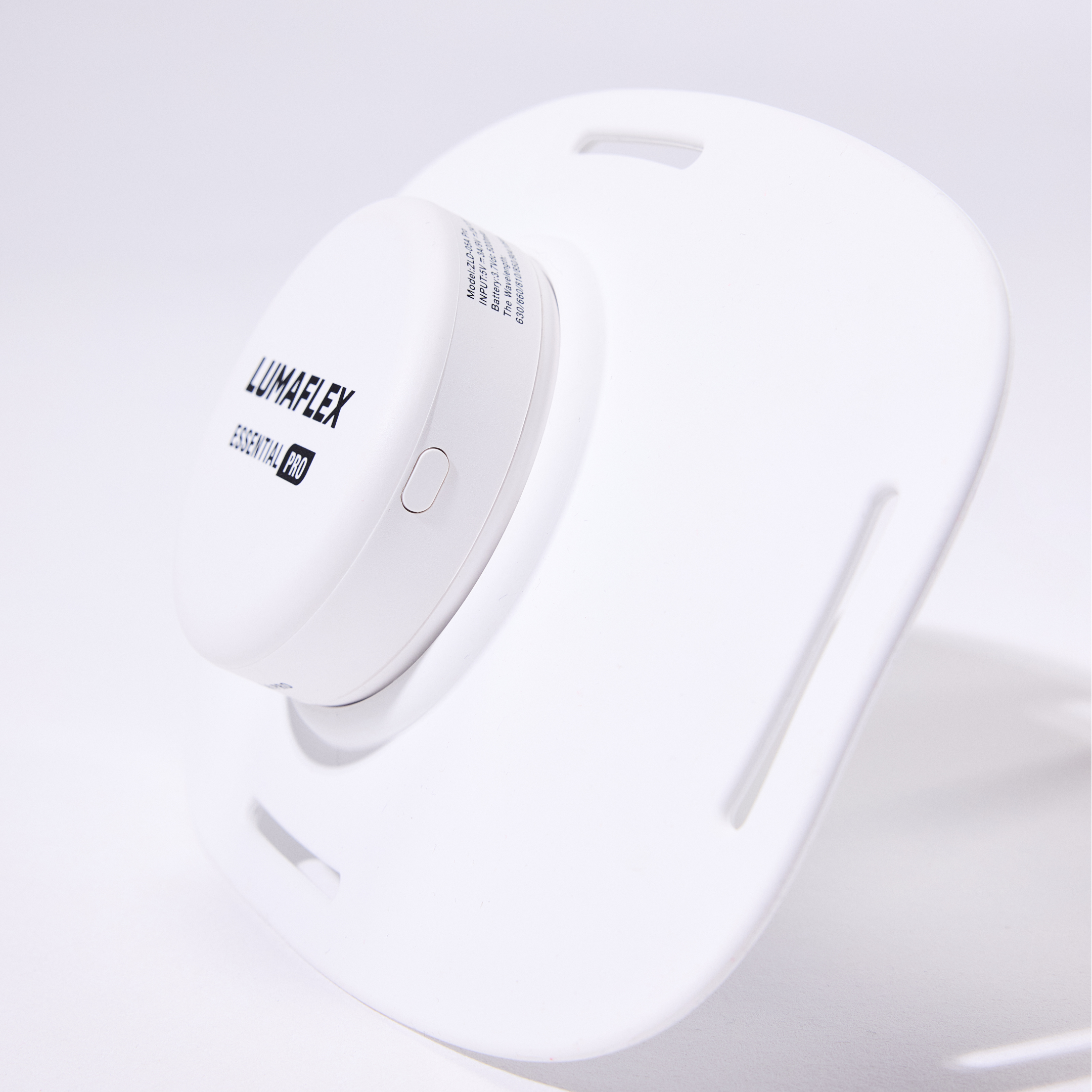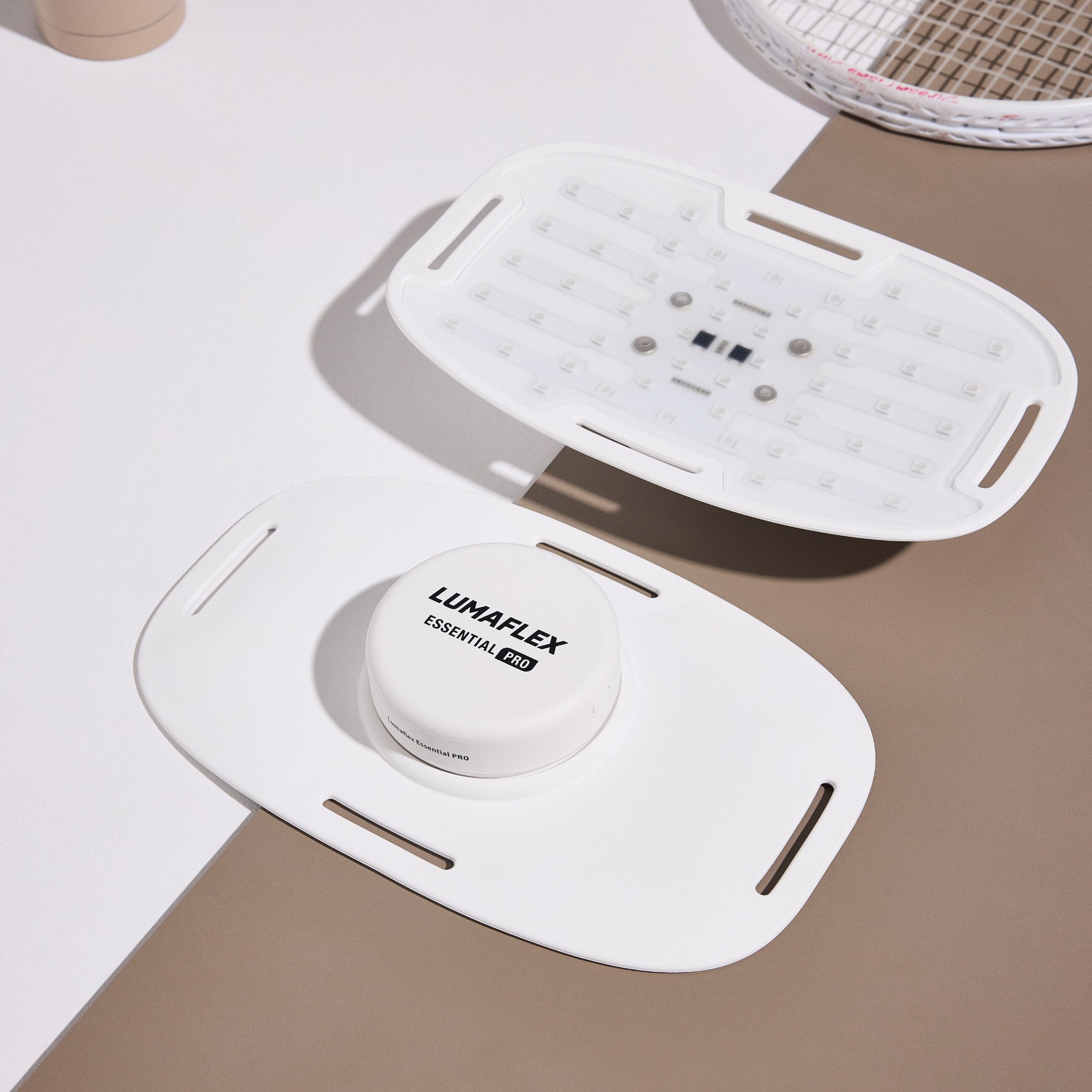Red Light Therapy for Varicose Veins: Benefits, Safety & Results

Red Light Therapy for Varicose Veins: Can It Really Help?
Red Light Therapy for Varicose Veins.
Varicose veins are more than just a cosmetic issue. They often bring aching, heaviness, or swelling that makes daily life uncomfortable. If you’ve noticed those thick blue or purple veins on your legs, you know exactly what I mean.
Now, the big question: can red light therapy at home make a difference?
Here’s the straight answer. Red light therapy won’t erase varicose veins, but it can support healthier circulation and reduce some of the discomfort that comes with them. Many people find it helps their legs feel lighter, less swollen, and a little stronger over time.
Think of it as a supportive tool you can use at home. It’s not a cure, but it may help you manage the symptoms and naturally improve your overall vein health.
Table of contents
Varicose Veins Causes, Symptoms, and Circulation Issues
Varicose veins happen when the valves in your veins stop working the way they should. These valves act like little one-way doors that keep blood moving up toward your heart. When they weaken, blood pools inside the veins instead of flowing smoothly. That’s when those ropey, bulging lines show up under the skin.
Common Causes of Varicose Veins
Several factors can make you more likely to develop them:
- Genetics – If your parents or grandparents had them, chances are higher.
- Pregnancy – Extra blood volume and pressure on the veins make them more common.
- Long periods of standing or sitting – Gravity works against your circulation.
- Extra weight – More pressure on your leg veins.
- Sedentary lifestyle – Less movement means weaker circulation.
Typical Symptoms You Might Notice
- Bulging blue or purple veins
- Heaviness or fatigue in the legs
- Swelling around the ankles
- Aching, throbbing, or itching
- Skin changes near the veins
Red light therapy won’t repair damaged valves, so it’s not a cure. But it may help with the circulation issues behind these symptoms. Many people find their legs feel lighter, less swollen, and more comfortable with consistent use.

How Red Light Therapy Improves Circulation and Vein Health
Red light therapy works by sending specific wavelengths of light into your skin. Your cells absorb this light and use it to produce more energy in the form of ATP. More energy means your cells can repair themselves faster and function better.
Here’s how that matters for your veins and circulation:
- Improves microcirculation – Blood flows more smoothly through smaller vessels.
- Reduces inflammation – Helps calm swelling and irritation around veins.
- Supports tissue repair – Keeps the skin and connective tissue around veins healthier.
- Boosts cellular energy – Cells have more power to function and heal efficiently.
Even though research is still growing, studies suggest red and near-infrared light can improve blood flow and support vascular health. Many people with varicose veins notice reduced discomfort and lighter legs after regular use.
It’s like giving your veins a tune-up. It won’t fix faulty valves, but it helps your circulatory system work better and keeps tissues around the veins healthier.

Red Light Therapy for Varicose Veins: Studies and Evidence
Even though studies specifically on varicose veins are limited, the research on red light therapy (RLT) and vascular health gives us clues about why it can help.
1. Red Light Therapy and Blood Flow
Red and near-infrared light penetrate the skin and reach small blood vessels. Studies show that this light helps capillaries expand and improves microcirculation, allowing blood to move more efficiently. A 2022 study in Frontiers in Physiology found that RLT increased local blood flow in the legs, which can reduce pooling that worsens varicose veins.
2. Red Light Therapy and Inflammation
Varicose veins often come with inflammation in the surrounding tissues. Research shows RLT can calm inflammation by affecting cytokine activity and promoting nitric oxide production. A review in the Journal of Photonics highlighted that red light can decrease swelling and tissue irritation, which helps legs feel lighter and less sore.
3. Red Light Therapy and Tissue Repair
Red light stimulates mitochondria, giving cells more energy to repair themselves. This process supports skin and connective tissue health, which is especially helpful if varicose veins cause itching, irritation, or small ulcers. Clinical studies on chronic wounds have found faster healing rates with red light therapy, suggesting it strengthens the tissues around compromised veins.
What This Means for Varicose Veins
While RLT won’t fix the faulty valves causing varicose veins, the research supports that it can:
- Improve circulation in the legs
- Reduce swelling and discomfort
- Strengthen surrounding tissues and skin
- Help manage symptoms naturally alongside other therapies
Experts agree that it’s a supportive treatment, not a replacement for medical interventions like sclerotherapy, laser therapy, or surgery. But for people looking to manage discomfort and improve vein health at home, red light therapy can be a helpful addition.
Benefits of Red Light Therapy for Varicose Vein Pain Relief and Circulation
Red light therapy can’t erase varicose veins, but it can make a noticeable difference in how your legs feel. Here’s a closer look at the benefits and why they matter.
1. Reduces Pain and Heaviness
Varicose veins often make legs feel heavy, achy, or tired. Research shows that RLT can reduce discomfort by improving blood flow and calming inflammation. A study in Physiotherapy Theory and Practice found participants reported less leg fatigue and pain after several weeks of near-infrared light therapy.
2. Improves Circulation
One of the key advantages of red light therapy is its ability to enhance microcirculation. By helping small blood vessels expand and flow more efficiently, it reduces blood pooling, which is a major factor in varicose vein discomfort. Better circulation also supports healthier veins over time.
3. Reduces Swelling and Inflammation
Swelling around varicose veins comes from fluid accumulation and irritated tissues. Studies show that red light can calm inflammation and reduce edema. Even small decreases in swelling can make legs feel lighter and improve mobility.
4. Supports Healthier Skin Around Veins
The skin over varicose veins can become thin, discolored, or itchy. Red light therapy stimulates collagen production and cellular repair, which strengthens the skin and connective tissue . This can help minimize irritation and improve the appearance of veins.
5. Natural Symptom Management
The biggest takeaway is that red light therapy focuses on symptom relief and support rather than trying to “fix” the veins themselves. Combined with lifestyle changes like movement, compression, and a healthy diet, it can be a powerful tool for managing discomfort naturally.

How to Use Red Light Therapy for Varicose Veins at Home Safely
Using red light therapy for varicose veins is straightforward, but a few key points make a big difference in results and comfort.
1. Choosing the Right Device
You have options: panels or handheld devices.
- Panels cover larger areas at once and are great for full-leg sessions.
- Handheld devices are perfect for targeting specific spots, like particularly swollen or sore areas.
Many people find that a combination works best, depending on the size of the area they want to treat.
2. Placement and Timing
Place the device so the light shines directly on your legs, focusing on veins that are most bothersome. Keep the light about 6–12 inches from the skin, depending on the manufacturer’s instructions. Sessions usually last 10–20 minutes per area, 3–5 times per week.
3. Boost the Effects
You can enhance results with a few simple habits:
- Elevate your legs during or after sessions to encourage blood flow.
- Stay hydrated to support circulation.
- Use compression stockings if recommended by your doctor to prevent blood pooling.
4. Safety Tips
Red light therapy is generally safe, but follow these rules:
- Avoid looking directly into strong lights.
- Stick to the recommended session length to prevent skin irritation.
- Do not use over broken skin or open wounds unless your device is designed for that purpose.
When done consistently and safely, red light therapy can reduce swelling, ease discomfort, and make your legs feel lighter without invasive procedures.
Red Light Therapy Safety for Varicose Veins: Risks and Limitations
Red light therapy is generally safe for most people. You might feel a gentle warmth or notice slight temporary redness , but these effects usually disappear quickly. There’s no radiation, no invasive procedures, and no downtime, which makes it an appealing option for home use.
Tips for Safe Use
- Follow the manufacturer’s instructions carefully.
- Limit sessions to the recommended time.
- Avoid using on open wounds unless the device is designed for that.
- Consult a doctor if you experience sudden swelling, severe pain, or skin changes.
Red light therapy works best as a supportive tool to reduce symptoms, improve circulation, and make your legs feel more comfortable. Think of it as a natural addition to your vein care routine rather than a miracle fix.
Natural Remedies and Lifestyle Tips for Varicose Veins
Red light therapy works best when you pair it with everyday habits that support vein health. Small lifestyle tweaks can make your legs feel noticeably lighter and more comfortable.
1. Move Your Legs Often
Keeping your blood flowing is key. Walking works wonders, but you can mix it up with Peloton cycling, SoulCycle classes, or even yoga using Lululemon mats and props. Short movement breaks or stretches throughout the day also help keep blood from pooling in your veins.
2. Elevate Your Legs
Spending a few minutes with your legs raised above heart level encourages circulation and helps blood move back toward your heart. Many people like to do this while using red light therapy, which can enhance the circulation benefits.
3. Stay Active and Maintain a Healthy Weight
Extra weight puts extra pressure on leg veins. Staying active with Mirror home workouts or Aaptiv app routines supports circulation and reduces strain, while a balanced diet helps keep your weight in check.
4. Use Compression Stockings
Compression stockings gently squeeze your legs to improve blood flow and reduce swelling. Brands like Sigvaris and Jobst make options that feel comfortable enough for daily wear.
5. Eat a Vein-Friendly Diet
Certain foods can strengthen veins and support circulation. Focus on flavonoid-rich foods like berries, citrus, onions, and leafy greens. Adding these to your meals can complement your vein care routine naturally.
Pairing these habits with consistent red light therapy can help manage varicose vein symptoms, making your legs feel lighter, healthier, and more comfortable day to day.

FAQs About Red Light Therapy for Varicose Veins
Does Red Light Therapy Help With Leg Veins and Varicose Veins?
Red light therapy can support leg vein health by improving circulation, reducing swelling, and easing discomfort. While it won’t remove varicose veins, it can help legs feel lighter and more comfortable over time.
Yes, it can. Red light therapy improves circulation, reduces swelling, and supports tissue repair. While it won’t remove varicose veins, it can help your legs feel lighter and more comfortable.
What Color Light is Best for Red Light Therapy for Varicose Veins?
Red and near-infrared light are most effective for varicose veins. Red light targets skin cells, while near-infrared penetrates deeper, enhancing circulation, reducing inflammation, and supporting tissue repair.
Red and near-infrared light are the most effective. Red light penetrates the skin to improve cellular energy, while near-infrared reaches deeper tissues, enhancing circulation and reducing inflammation.
How Long Until I Notice Results From Red Light Therapy for Varicose Veins?
Most people notice benefits in 4–8 weeks of consistent red light therapy. Legs often feel less heavy, swelling may reduce, and discomfort can improve, though individual results may vary.
Most people notice improvements in 4–8 weeks with consistent use. Legs often feel less heavy, swelling may reduce, and discomfort can improve. Everyone responds differently, so patience is key.
Can Red Light Therapy Prevent New Varicose Veins?
Red light therapy may support healthier circulation but cannot guarantee prevention. Combining it with movement, leg elevation, compression, and a vein-friendly diet offers the best protection for your veins.
It may support healthier circulation, but it can’t guarantee prevention. Pair it with movement, leg elevation, compression, and a vein-friendly diet for the best results.
Is Red Light Therapy Safe for Daily Use on Varicose Veins?
Yes, red light therapy is generally safe when used as directed. Typical sessions last 10–20 minutes a few times a week, and side effects are usually limited to mild warmth or temporary redness.
Yes, as long as you stick to your device’s recommended session length and frequency. You may feel gentle warmth or see temporary redness, which usually fades quickly.
Where Should You Not Use Red Light Therapy for Varicose Veins?
Avoid using red light therapy on open wounds, infected skin, or areas with recent surgery unless your device is specifically designed for those conditions.
Avoid using red light therapy on open wounds, infected skin, or areas with recent surgery, unless your device is specifically designed for those conditions. Always follow the manufacturer’s safety guidelines.
Can You Combine Red Light Therapy With Medical Treatments for Varicose Veins?
Yes, red light therapy can complement medical treatments like compression stockings, sclerotherapy, or laser therapy. Always consult your doctor first to ensure it fits your care plan.
Often yes. Red light therapy can complement compression stockings, sclerotherapy, or laser treatments. Check with your doctor first to make sure it fits your care plan.
What is the Quickest Way to Get Rid of Varicose Veins?
The fastest results come from medical procedures like sclerotherapy, laser therapy, or surgery. Red light therapy does not remove veins but helps manage symptoms naturally.
The fastest results usually come from medical procedures like sclerotherapy, laser therapy, or surgery. Red light therapy doesn’t remove veins but helps manage symptoms naturally.
Final Thoughts on Red Light Therapy for Varicose Veins
Red light therapy isn’t a cure for varicose veins, but it can make a real difference in how your legs feel. By improving circulation, reducing swelling, and supporting tissue repair, it helps manage the discomfort and heaviness that comes with varicose veins.
For the best results, treat red light therapy as part of a holistic approach . Pair it with regular movement, leg elevation, compression stockings, and a vein-friendly diet. Consistency is key. Most people notice improvements after 4–8 weeks of regular sessions.
If you’re ready to try it at home, check out Lumaflex red light therapy devices . They make it easy to integrate red light therapy into your routine safely and effectively, so you can start giving your legs the support they need.
Think of red light therapy as a supportive tool for vein health. It won’t erase veins overnight, but it can help your legs feel lighter, healthier, and more comfortable every day.
Related Readings
- Red Light Therapy for Nerve Repair: A Powerful Solution for Healing and Pain Relief
- How to Use Red Light Therapy for Legs: Holiday Season Tips and Gift Ideas
- Red Light Therapy for Sauna: The Ultimate Upgrade for Recovery and Longevity
- Best Time to Use Red Light Therapy Treatment: A Housewife's Guide
- Red Light Therapy for Pain 101: Benefits and How It Works
- Effective Red Light Therapy for Lymphedema: Improve Circulation
- Red Light Therapy for Feet: Relief for Neuropathy & Toe Pain
- Enhancing Joint Health
- Yoga and Pilates, Elevated: The Future of Mindful Movement
- Red Light Therapy for Ligament Pain in Athletes: Unlocking the Potential of RLT as a Revolutionary Solution


